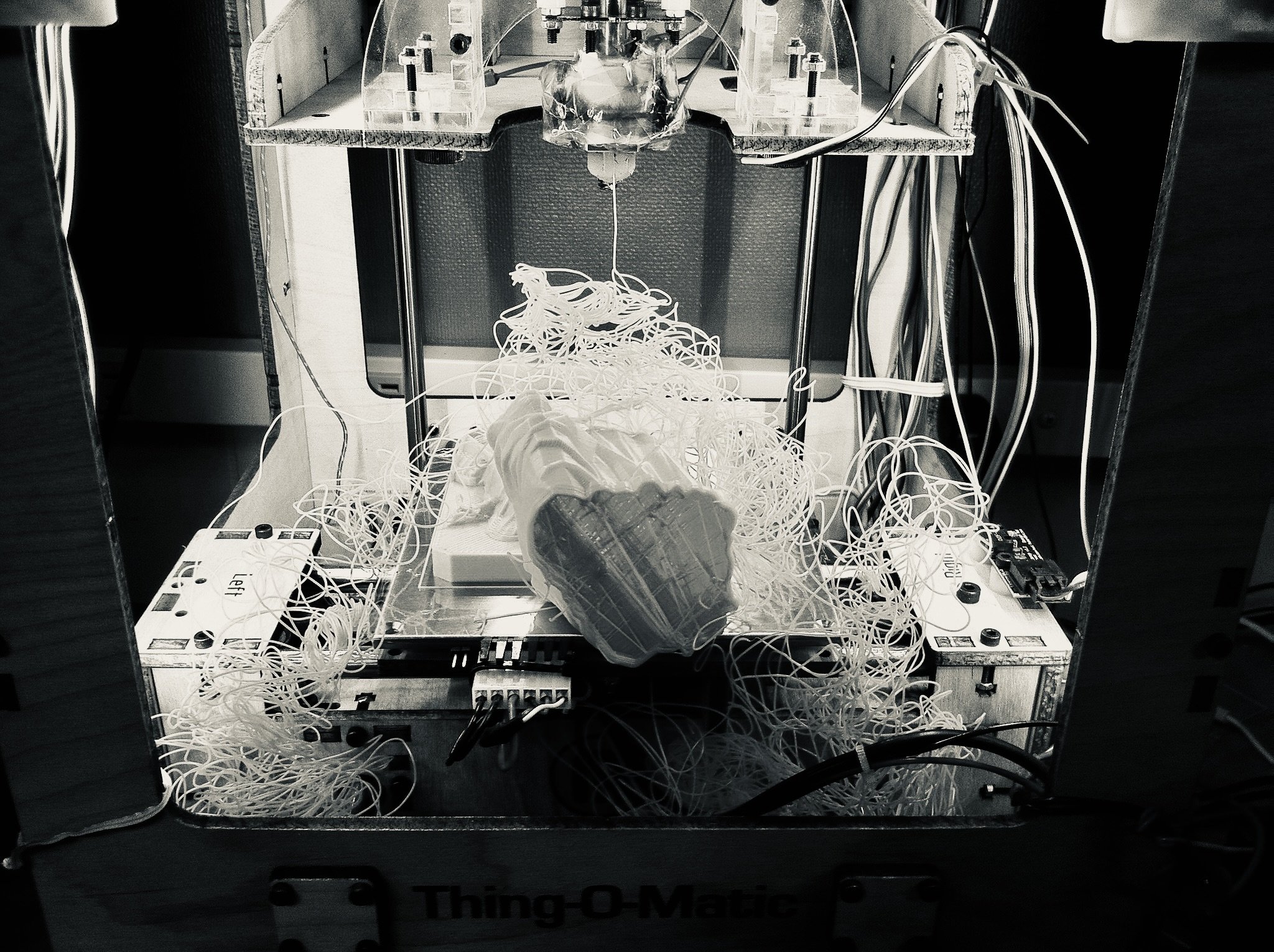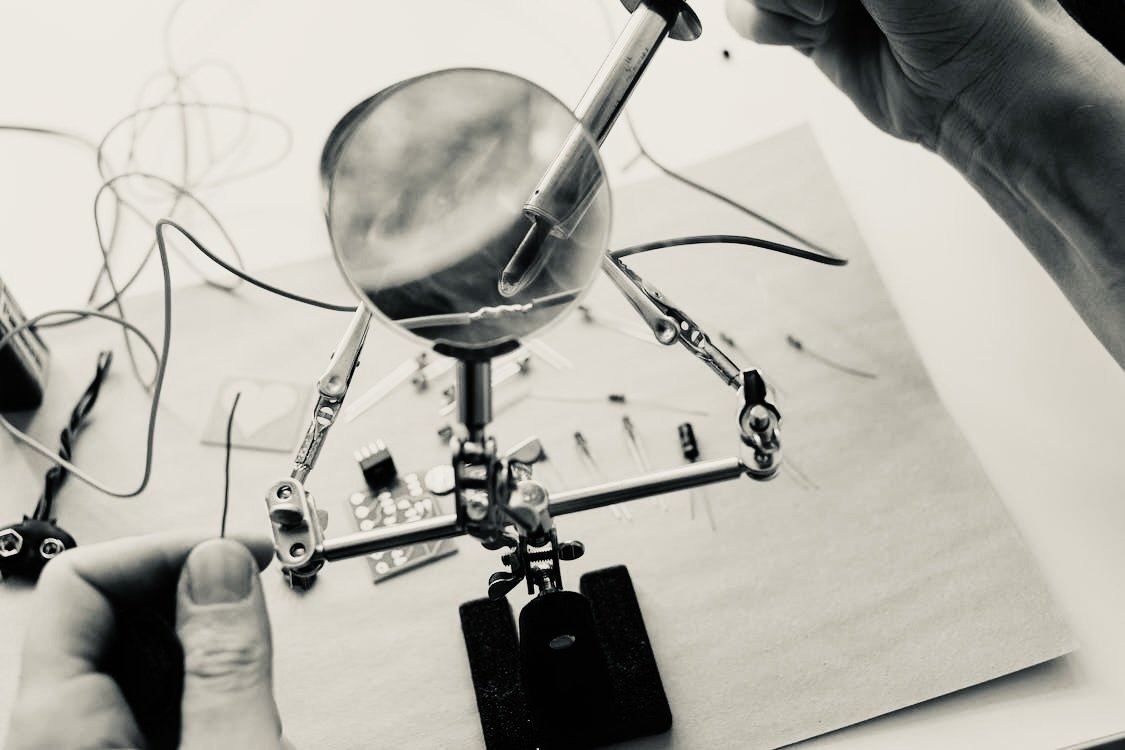Public Library Makerspaces: A 2-Phase Study
Do you have a makerspace that is NOT being used as you expected when you developed it?
Have you struggled to either get people to use the space as you expected, or to keep it going?
Or has someone in your library or community suggested that the makerspace was not working well for them, or the community?
Have different groups of people used the space than you expected or wanted, or are they using it in different ways?
If so, Shannon Crawford Barniskis (PhD, MLIS), from the University of Kentucky, would like to speak to you!
This research study is looking for case study sites where some aspect of the makerspace has not worked well (perhaps initially, with a later “success”) or in the way in which library or community stakeholders expected. Because while makerspaces have been implemented over the last decade in public libraries in many different ways, and in many different communities, occasionally these spaces do not work as their designers originally expected. Whether the library is small or large, or the makerspace is STEM-oriented or craft- oriented, or some combination of the two, the space can sometimes be little used, or are requiring different resources and efforts than the designers originally thought would be required. Some libraries have pivoted to address what seemed like an initial "failure," while others have shut their makerspaces down. This study examines the determinants of success or failure of public library makerspaces, as identified by the librarians who run them and the people who might use them.
This is vital research--public libraries have so few resources that knowing how to succeed (or to avoid any perceptions of failure) with those resources can really help!
If your library meets this criteria (some aspect of the makerspace has not worked as anticipated for some community group, or the library) your library can elect to participate in this study.
What factors help a makerspace succeed, and what might cause them to “fail",” at least as perceived by someone in the library or community? What constitutes “success” or “failure,” and to whom? How do people see the spaces and wish they were designed, for the people to consider the space successful? This study asks these and related questions.
What you will happen if you elect to participate
A researcher will come to your library for 2-5 days, and interview 2 or more staff members, 4 or more makerspace users. Potentially more participants will be solicited either in the library or in the community. Alternatively, this study can be done virtually, if staff members are willing to give a video tour of the space and participants are willing to engage via an online platform, Zoom.
Participants will speak to the researcher at the library or via Zoom, as they choose.
Participants will be asked a series of semi-structured questions about their experience of the makerspace, and asked to draw 2 simple maps of the space (no drawing skill needed). One map will be of what the person remembers is in the space, another will be of what they WISH were there.
The researcher and/or a library staff member will be asked to perform a series of "visual traffic sweeps," in which the number of users in each area of the makerspace is tabulated for several days, to get a sense of use and traffic in the space.
The field sites may be photographed, or a floor plan of the makerspace requested or created by the researcher.
Your library will be anonymized--in reports, all libraries will be given pseudonyms, and data will be reported in aggregate or as ranges, to minimize the possibility that the libraries can be identified. Individual participants will also be anonymized and given pseudonyms.
Participants will each earn a $10 gift card.
The second phase of the study will involve a toolkit of checklists and surveys that libraries can use to assess success for user-centered goals in the makerspace. Libraries can participate in one or both phases of the study. Phase 2 is scheduled for Fall 2024.




